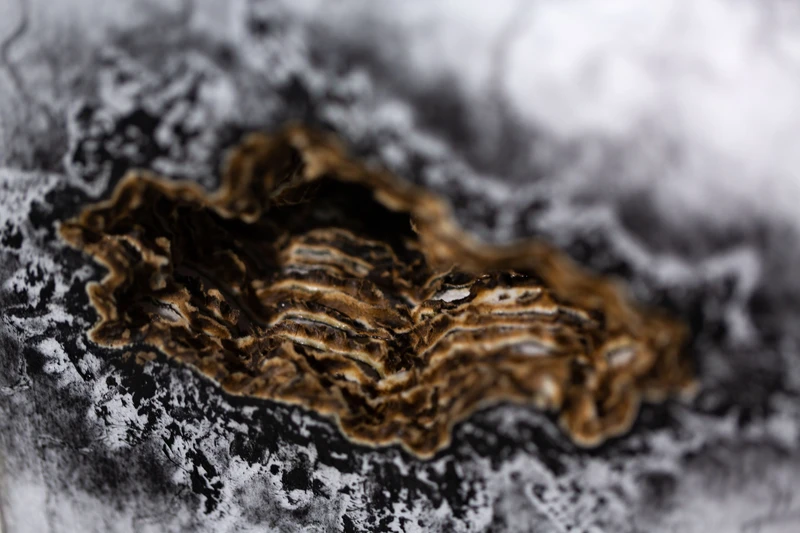Material Sensibilities
30 Jan-1 Mar 2025
PV 29 Jan 2025, 6-8.30pm


South Korean artist Jukhee Kwon, addresses corresponding themes of ‘creation and destruction’ by meticulously cutting and slicing into ‘found or abandoned’ books to transform them into cascading sculptures. The artist constantly plays with ideas of complementary opposites, absence & presence, birth & death and other natural cycles. Sokari Douglas Camp is represented by an exuberant steel sculpture with flowers and pineapples painted in bright yellow acrylics. In her inimitably flamboyant style, Douglas Camp takes inspiration from the vibrant country of Suriname, celebrating the flora, fruits and people of this ‘exotic’ place. This whimsical playfulness continues in the vivid works of Sylvie Franquet, wherein she subverts her materials by unpicking and restitching graffiti and text onto the needlepoint patterns she finds, which are often reworkings of paintings by male artists.